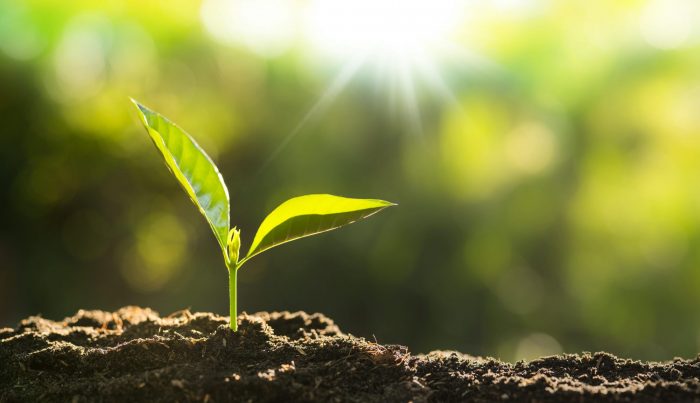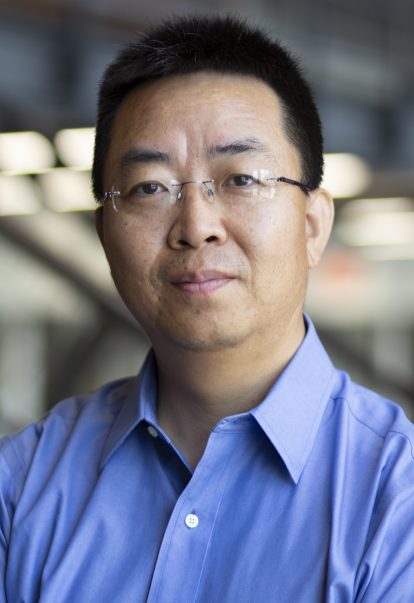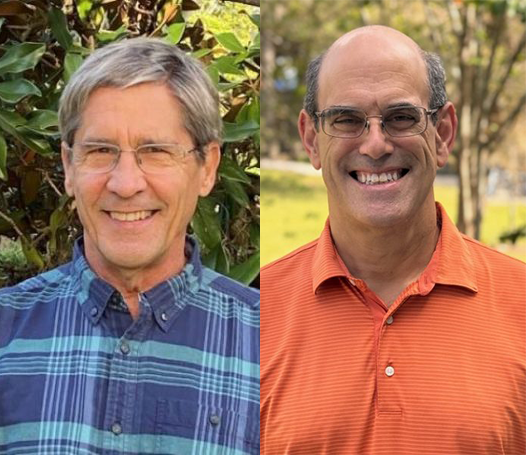
Can Sunlight Solve the Global Energy Crisis?
Could the answer to dealing with the global energy crisis be found in sunlight?
In a new paper published in Energy & Environmental Science, Department of Chemistry Associate Professor WEI DAVID WEI and a team of researchers make the case that using sunlight to promote chemical reactions could be a unique way to address the global energy crisis.
As the world continues to search for and implement alternative “clean” energy sources that can be used to replace the burning of fossil fuels and lessen the impact of global warming, Wei looked to nature — how photosynthesis is used by plants to convert water and carbon dioxide into sugar — to guide his research.

“Our research demonstrates how to efficiently utilize sunlight to prompt water oxidation—the key step in carbon dioxide reduction and nitrogen fixation,” Wei said. Water oxidation is the process through which water is converted into oxygen and protons, an essential step for sparking artificial photosynthesis.
Carbon dioxide reduction helps convert the gas — which is the main cause of global warming — into useful fuels, while nitrogen fixation converts nitrogen molecules into fertilizers for use in agriculture.
In the paper, the authors note that the study successfully developed a molecular approach to “stabilize photo-generated hot holes on Au/TiO2 heterostructures for driving water oxidation under visible-light illumination,” — which essentially illuminates a new avenue through which researchers can facilitate photochemical processes like that of photosynthesis found in plants.
The research team began this project about three years ago and includes graduate students, postdoctoral researchers and collaborators from the National Institute of Standards and Technology (NIST). Moving forward, the team will continue their research into carbon dioxide reduction and nitrogen fixation to provide new avenues for lessening the energy crisis and global warming.
Research was supported by the National Science Foundation, a UF Graduate School Fellowship, a Department of Energy Science Graduate Student Award, an Ann R. Stasch Summer Fellowship, a Vala Research Award, and the College of Liberal Art and Sciences (CLAS) Dissertation Fellowship funded by the Charles Vincent and Heidi Cole McLaughlin Endowment.
Click Here to View the Abstract


